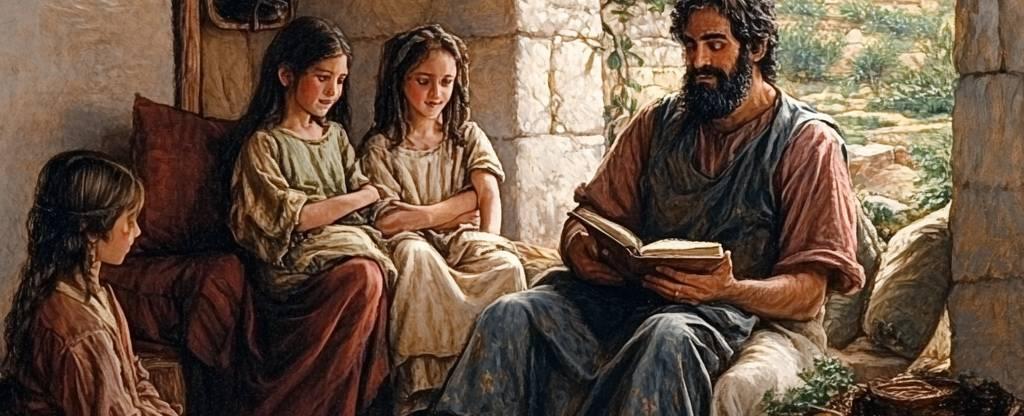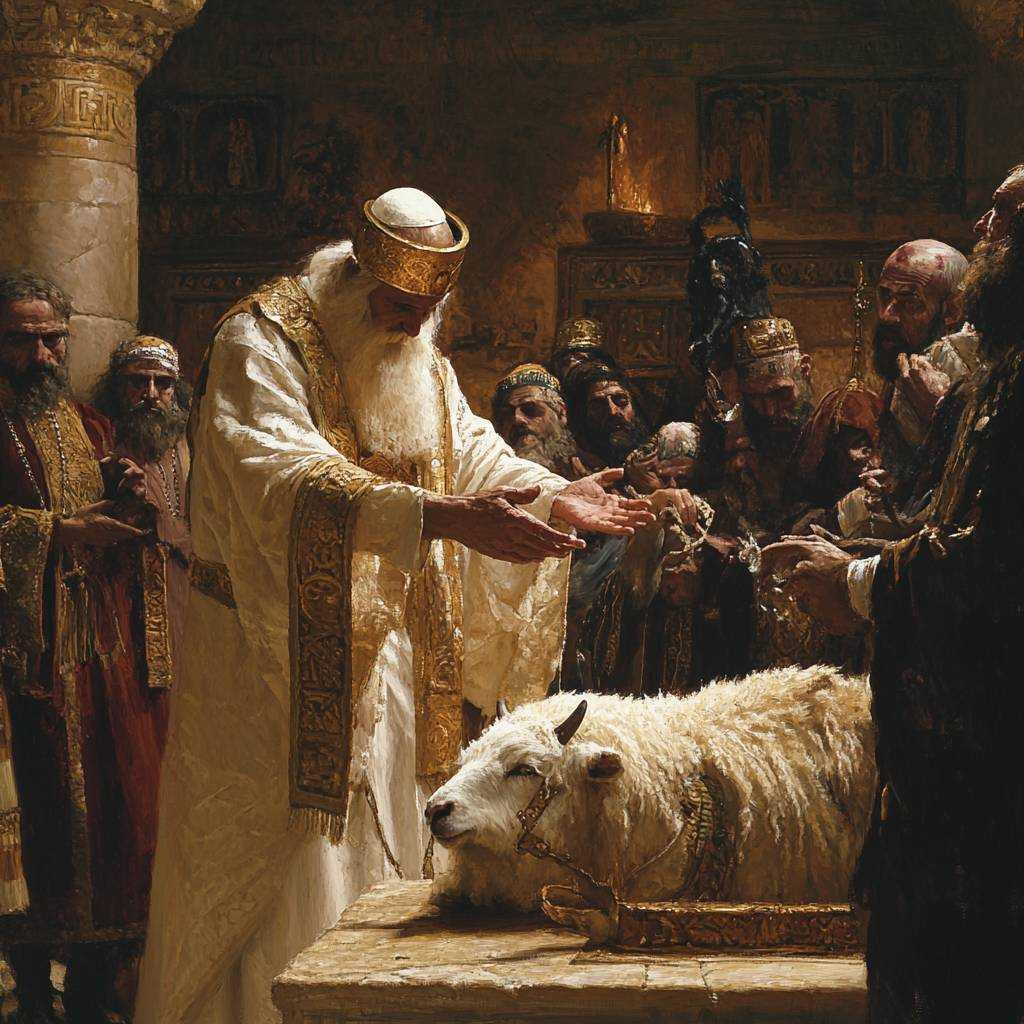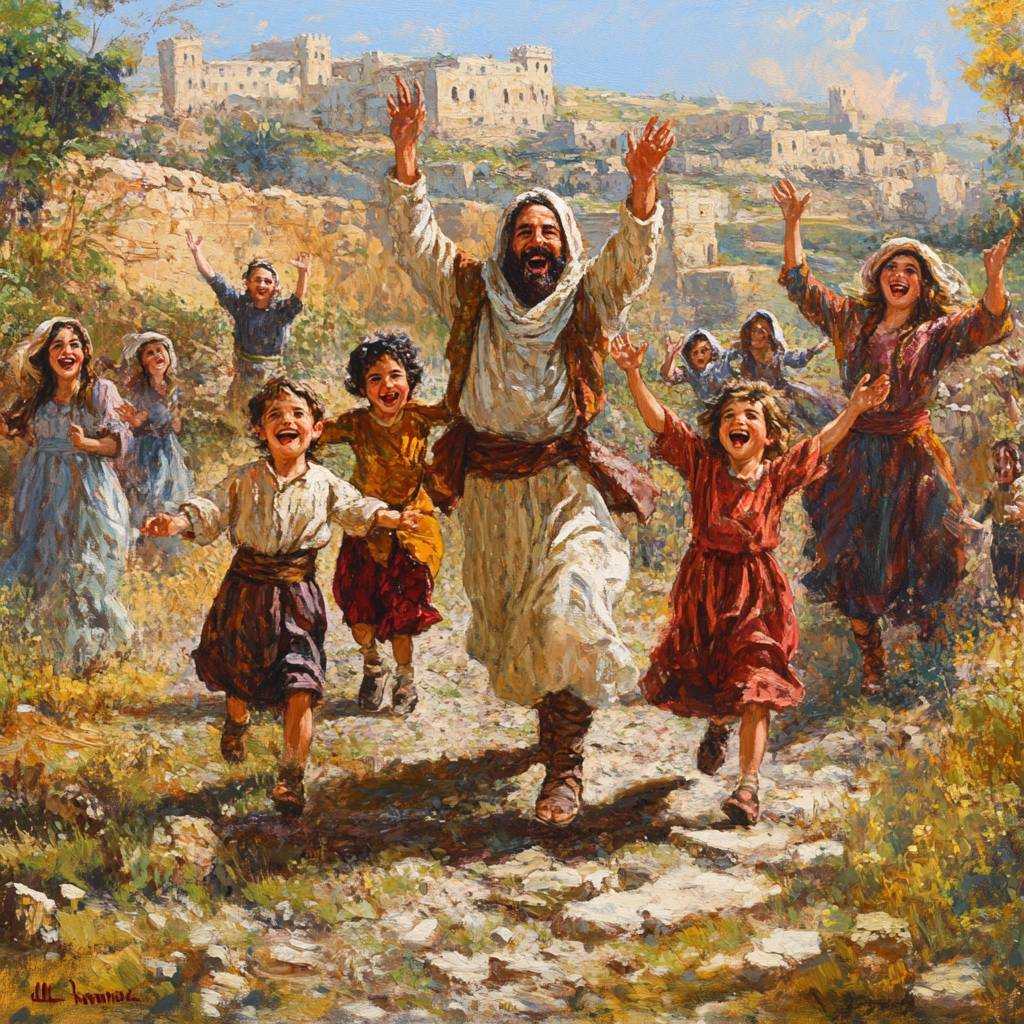Holiness law (Leviticus 23-25)

These chapters cover the appointed feasts, the Sabbath year, and the Jubilee year. Together, they reveal the rhythms of worship and rest that God ordained for His people, emphasizing trust in His provision and justice.
Leviticus 23: The Appointed Feasts
The Sabbath
The chapter begins with the weekly Sabbath, a day of rest dedicated to the Lord. It is a reminder of God’s creation and a day for the Israelites to cease from their work and focus on their relationship with God.

The Passover and Unleavened Bread
The Passover commemorates the Israelites’ deliverance from Egypt. On the 14th day of the first month, they were to sacrifice the Passover lamb. The Feast of Unleavened Bread followed, lasting seven days, during which they ate bread without yeast, symbolizing the haste of their departure from Egypt.
The Feast of Firstfruits
The Feast of Firstfruits was celebrated at the beginning of the harvest. The Israelites were to bring the first sheaf of their harvest to the priest, who would wave it before the Lord. This offering acknowledged God as the provider of the harvest and expressed gratitude for His blessings.

The Feast of Weeks (Pentecost)
Fifty days after the Feast of Firstfruits, the Feast of Weeks, also known as Pentecost, was celebrated. This feast marked the end of the grain harvest. The Israelites offered two loaves of bread made with the firstfruits of the wheat harvest, along with other sacrifices, as an expression of gratitude.
The Feast of Trumpets
On the first day of the seventh month, the Feast of Trumpets was celebrated with a sacred assembly and the blowing of trumpets. This marked the beginning of the most sacred month of the year, preparing the people for the Day of Atonement.

The Day of Atonement
The Day of Atonement, on the 10th day of the seventh month, was the holiest day of the year. It was a day of fasting, repentance, and cleansing from sin. The high priest made atonement for the sins of the people through the sacrifice of a goat and the sending away of the scapegoat into the wilderness.

The Feast of Tabernacles
The Feast of Tabernacles, or Booths, was celebrated for seven days, beginning on the 15th day of the seventh month. The Israelites lived in temporary shelters to remember their journey through the wilderness. It was a time of great rejoicing, celebrating God’s provision and protection.
Leviticus 24: The Lampstand and Showbread
The Eternal Light
Leviticus 24 shifts focus to the Tabernacle, where the lampstand was to burn continually before the Lord. The Israelites provided pure olive oil for the lamps, symbolizing the eternal presence of God among His people.
The Bread of the Presence
Twelve loaves of bread, representing the twelve tribes of Israel, were placed on a table in the Holy Place each Sabbath. This bread was a reminder of God’s provision and the covenant between God and His people.
Justice for Blasphemy
The chapter also includes an incident where a man blasphemed God’s name and was stoned to death, underscoring the seriousness of honoring God’s holiness.

Leviticus 25: The Sabbath Year and the Year of Jubilee
The Sabbath Year
Every seventh year was to be a Sabbath year, during which the land was to rest. The Israelites were not to sow their fields or prune their vineyards. Whatever the land produced on its own was to be left for the poor, the servants, and the wild animals. This practice reminded the Israelites that the land belonged to God and that they depended on His provision.

The Year of Jubilee
The Year of Jubilee occurred every 50 years, following seven cycles of Sabbath years. During the Jubilee, all land was returned to its original owners, and all Hebrew slaves were freed. This year of restoration ensured that no one in Israel would be permanently impoverished or enslaved. It was a year of liberation, forgiveness, and renewal, reflecting God’s desire for justice and mercy.

Conclusion
Leviticus 23-25 teaches us about the sacred rhythms of time that God established for His people. Through the feasts, the Sabbath year, and the Jubilee, the Israelites were reminded of God’s provision, holiness, and justice. These sacred times allowed them to pause, reflect, and realign themselves with God’s purposes.
